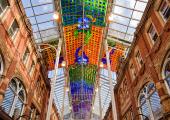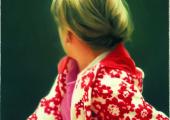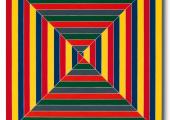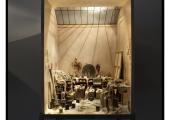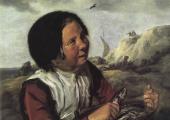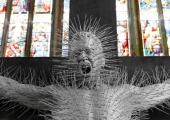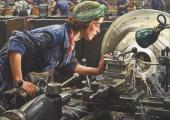Vermeer's Women: Secrets and Silence, Fitzwilliam Museum, Cambridge

An unmissable exhibition that will haunt and enchant, delight and seduce in abundance
The home, and women’s place within it, gained considerable importance for artists of the Dutch Golden Age. Artists such as Johannes Vermeer, Pieter de Hooch, Nicholaes Maes and Gerrit Dou are among those who placed women at the centre of the well-ordered domestic realm. They featured as servants and mistresses, nursing mothers and coquettish girls, or as serious young women dedicated to the pursuits of home-making and suitable leisure.


